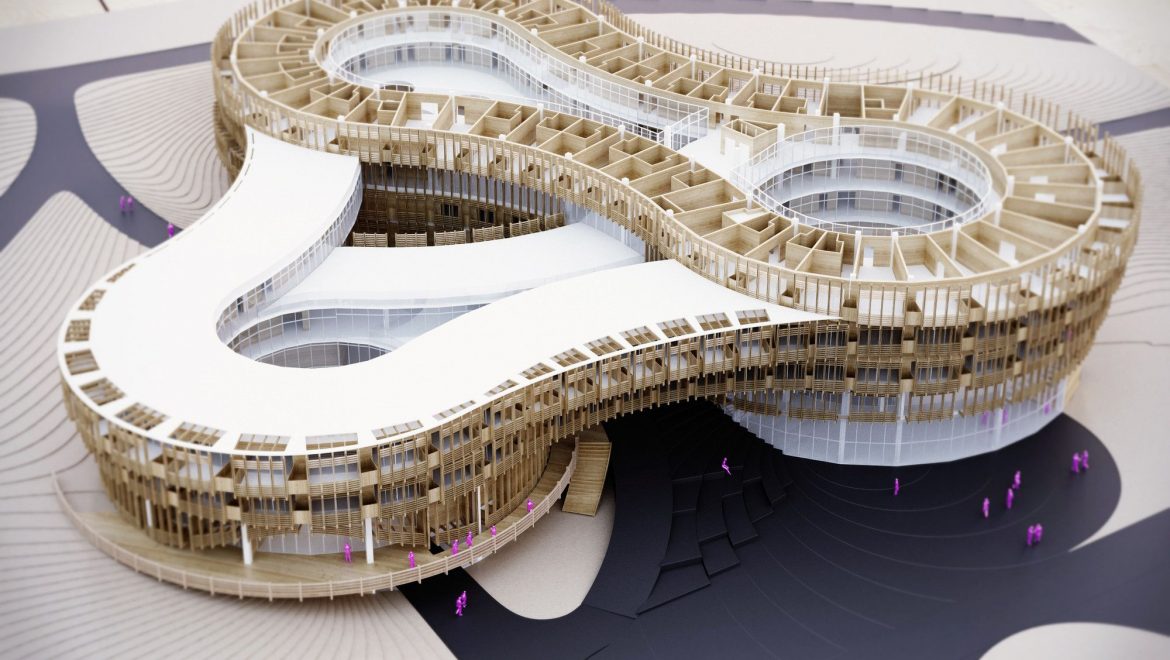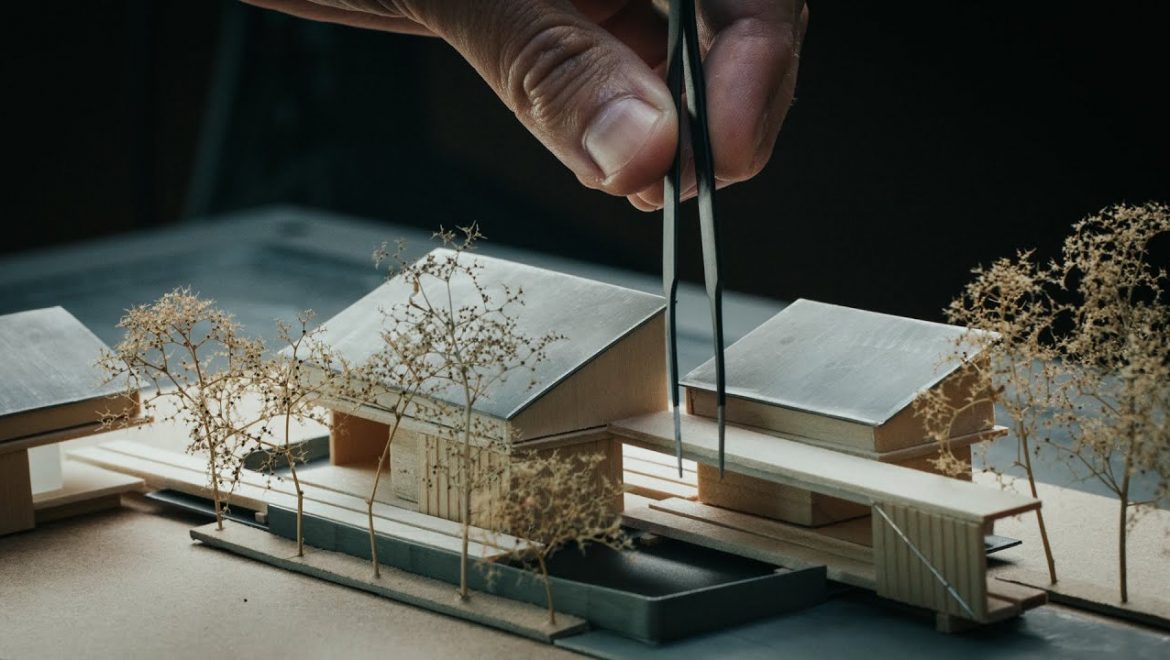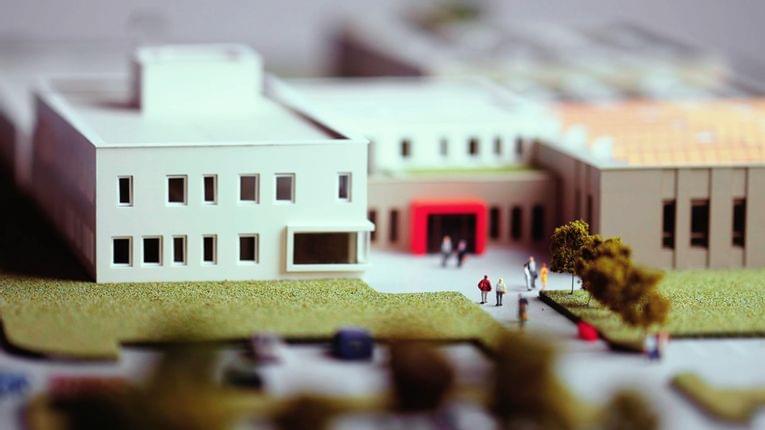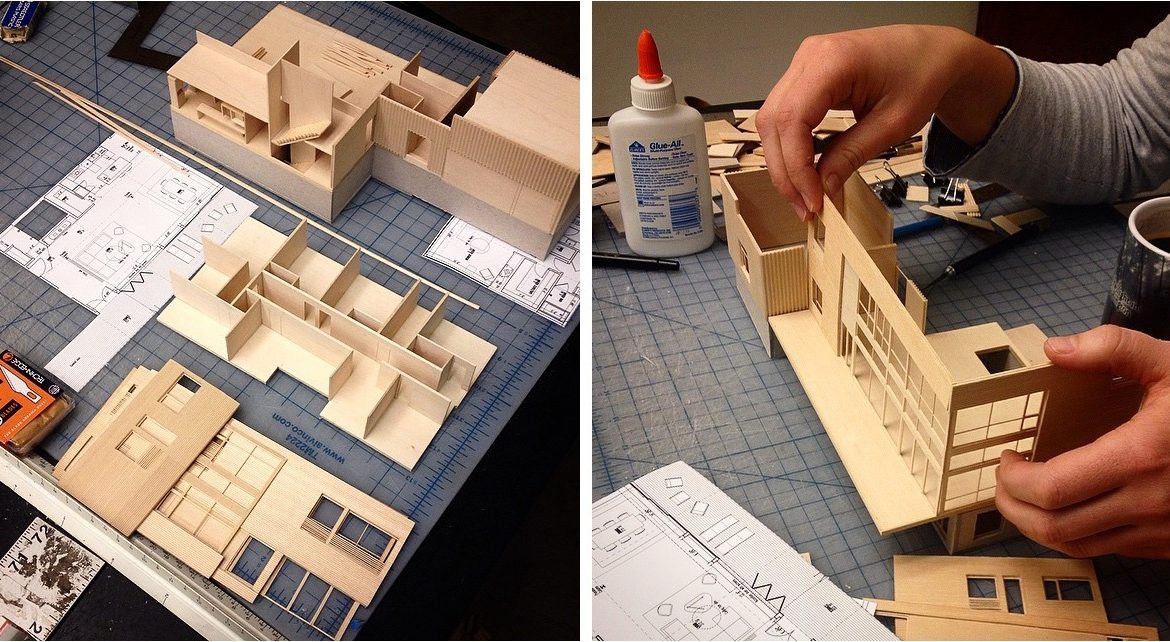Model Making For Architecture Short Course
A Model Making for Architecture short course can provide students and professionals with the skills and knowledge required to create accurate, detailed, and visually appealing architectural models. These courses typically cover various aspects of model-making, including materials, tools, techniques, and presentation methods.
A short course in architectural model-making may include the following topics:
Introduction to architectural model-making: A brief overview of the importance of model-making in architecture, its applications, and the different types of models (conceptual, presentation, working, etc.).
Materials and tools: An exploration of the various materials commonly used in architectural model-making, such as wood, foam, plastic, paper, and cardboard, as well as the appropriate tools for cutting, shaping, and joining these materials.
Scales and measurements: Understanding the importance of scale in architectural models, how to select an appropriate scale, and techniques for accurately measuring and marking materials.
Techniques and processes: Demonstrations and hands-on practice of various model-making techniques, such as cutting, shaping, gluing, and assembling components.
Architectural detailing: Tips and techniques for adding details to models, such as windows, doors, stairs, and landscape elements, to enhance their realism and visual appeal.
Finishing and presentation: Methods for applying finishes, such as paint, texture, or decals, to models, as well as strategies for effectively presenting and displaying completed models.
Digital model-making: An introduction to digital tools and software for creating 3D architectural models, such as SketchUp, Rhino, or AutoCAD, and how these digital models can complement physical model-making.
Laser cutting and 3D printing: An overview of how advanced technologies like laser cutting and 3D printing can be used in architectural model-making, including demonstrations and opportunities to practice using these tools.
Project work: Students will typically be asked to complete a project that demonstrates their understanding of the concepts and techniques taught during the course, such as creating a detailed architectural model of a building or space.
Critique and feedback: Instructors will provide constructive feedback on students’ projects, and classmates may also be encouraged to critique each other’s work to foster learning and growth.
A Model Making for Architecture short course can be beneficial for architecture students, practicing architects, and individuals interested in improving their model-making skills. These courses can be found at design schools, universities, or through online learning platforms, with durations ranging from a few days to several weeks.























